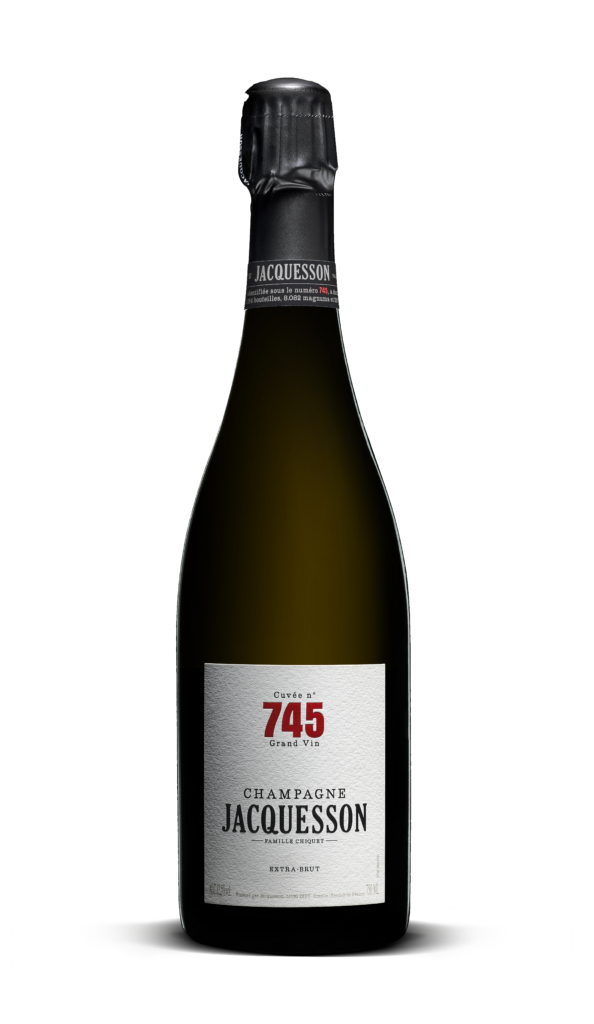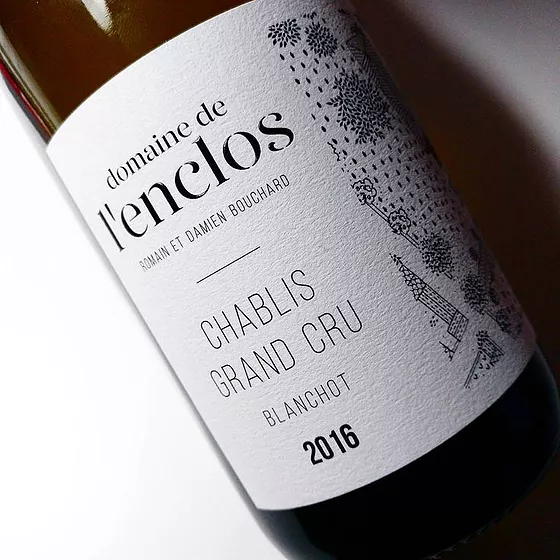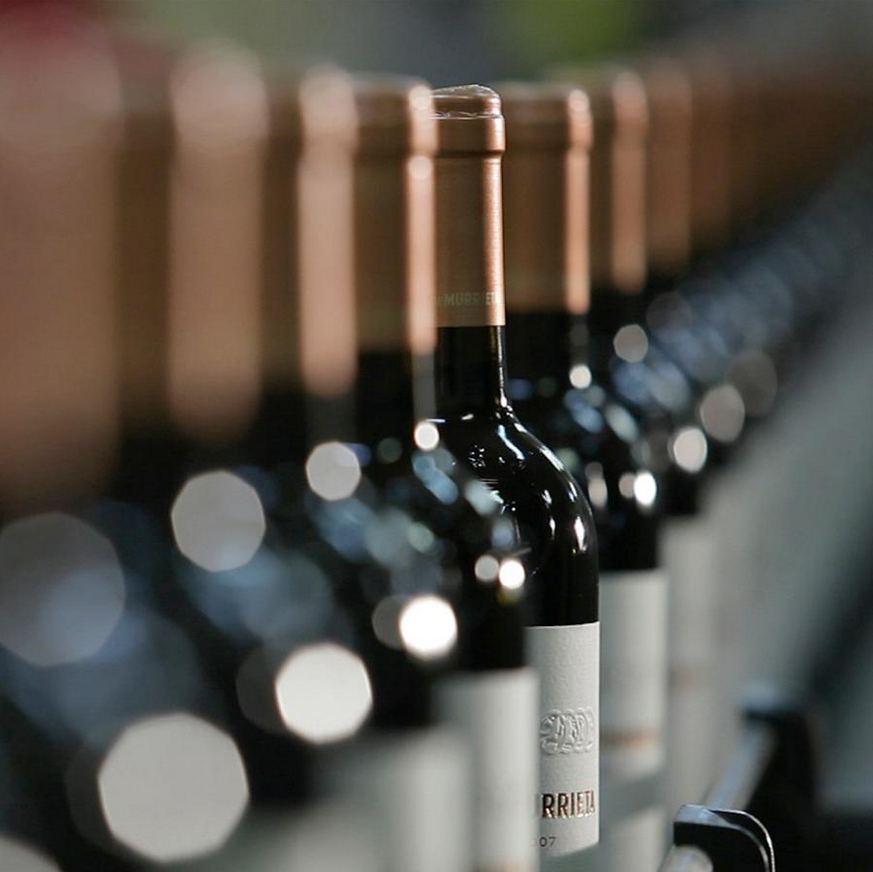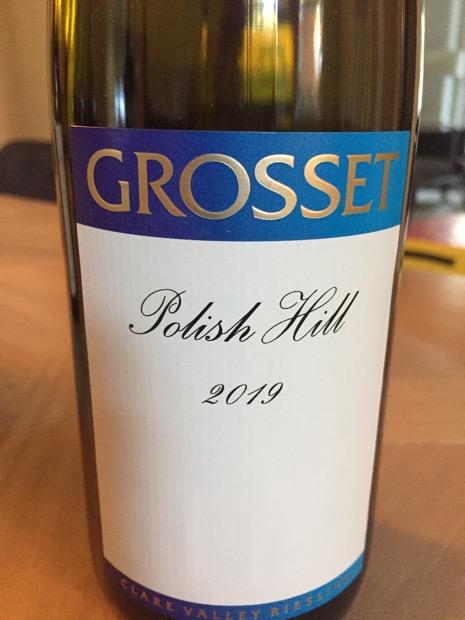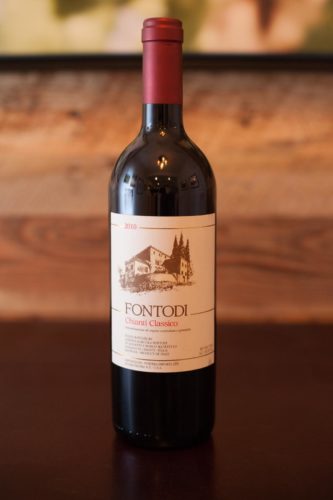By Nick Adams, Master of Wine
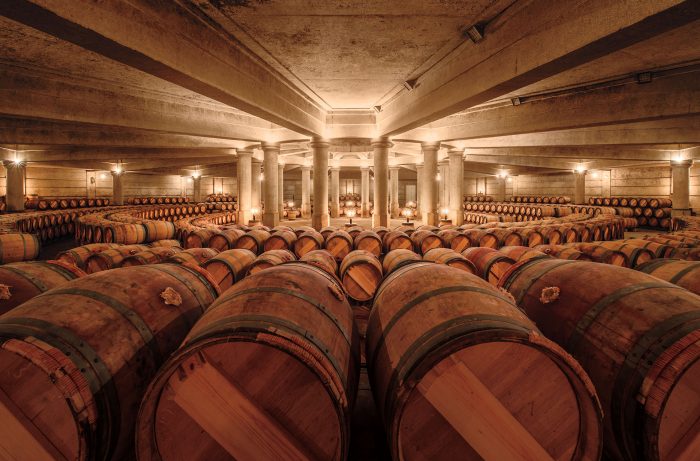
At some point many wine drinkers will think about and consider investing in “finer wine” – maybe because they have fallen in love with a certain grape and/or region. This may also be because they have a special event or anniversary in mind, or simply “for the hell of it”.
Sometimes we are driven by an investment consideration but most of the time, it is simply to open and drink at some point in the future.
But how long is that “future” and how best to store in the meantime? Above all, the intrinsic character of the wine needs to be evaluated and what its evolutionary timetable is likely to be – and critically will you enjoy the bottle developed flavours and aromas when opened. We have all been guilty too of keeping bottles for too long and then enduring that horrible feeling of disappointment when you open one, and it fails to deliver what you expected or – worse – has gone over.
How long to keep wine, and then how much longer will it last for?
Wine writer Clive Coates MW developed an interesting theory christened the “Coates Law of Maturity”. Although not empirically proven it has anecdotal logic and consistency. He surmised that a wine will generally remain at its peak (for drinking) for at least as long as it took to reach maturity and optimal quality in the first place.
For me, and based on personal experience, there is a lot of evidence to support this. For example, a top red Bordeaux taking 20-25 years to reach maturity will comfortably remain in optimal condition for at least another 25 years. This is subject to certain conditions, such as storing the wine in good condition and again enjoying the wine when it is much older.
Primary, Secondary and Tertiary flavours
When considering “style” of the wine, there are three main attribute headings which might define this process for the drinker. When a wine is young and newly bottled, the aromas and flavours are often referred to as Primary. This refers to the tastes and smells of the freshly crushed and fermented grapes and any additional processing elements which the winemaking process has given the wine.
The next elements are referred to as Secondary, including aspects like oak flavours and smells, or bready/biscuity notes from extended contact with yeast.
The flavours and bouquet associated with extended bottle aging are referred to as Tertiary. These include elements such as leather or gaminess with reds such as Cabernet Sauvignon, Merlot or Syrah based wines, mushroom for Pinot Noir and aged Champagne, and honey or petrol with aged Riesling.
From a personal point of view, you must not only be patient and be able to age the wine in the first place, but must also positively enjoy these interesting tertiary flavours and smells.
How and why store wine?
The other important aspect of maturing age worthy wines is how the wine also becomes much better balanced, more concentrated, and with a longer and more precise finish on the swallow. This is important when comparing with the same wine in its first flush of youth. Quite simply, and to take one example, a high quality young Cru Classé red Bordeaux from a good vintage is close to undrinkable when 2-5 years old and would be a waste of your money to do so. It simply demands to be aged.
Around 90% of all wines made and released are consumed within 18 months, and at least 95% within 5 years. So these examples of matured fine wines are still relatively rare. And of course, once they reach maturity and start being drunk, they also become progressively rarer and more expensive to buy.
As I mentioned in a previous blog, ideal storage conditions include keeping the bottles in as constant and as cool a temperature as possible. Bottles should be kept away from strong light and on their sides if sealed with a natural cork. Even if you don’t have ideal storage conditions, this is not a disaster – it just might mean your wine matures a little quicker, and its drinking window of optimum condition and maturity may be shorter.
Factors that contribute to a wine’s aging capacity
These elements might be collectively called “preservatives” in wine and include:
- Tannins (in reds) – these are antioxidants and absorb oxygen, protecting precious fruit flavours
- Acidity – in all wines and is a natural preservative. Wines have a low pH and relatively high acid levels compared to other drinks
- Sugar – in sweet wines and another natural preservative
- Alcohol – a natural preservative
If we were to take a classic Vintage Port which has high levels of – tannin, acid, sugar, and alcohol – it is no surprise that in a good year the wine takes at least 20 years to reach maturity, and then stay at its peak for at least another 20.
Vintage port is also required by law to be aged mostly in the bottle, not a cask. This means the wine is aged with no contact with oxygen, so all the aging processes are slowed down and become – with time – potentially more intricate. This also applies to most fine red and white wines which spend a reduced time in cask and then age mainly in the bottle.
Of course, other elements are important in a wine’s capacity to age and improve. The better the vineyard it comes from, and the more highly skilled and reputable the producer is, will impact significantly on the quality and durability of the wine. Add in it being produced in an outstanding vintage (conditions) and the template is plainly there for a long maturation programme. This is especially relevant in a region like Burgundy, where there is variety of formally classified vineyards and a multitude of growers with diverse reputations.
The grape variety also makes a difference. Certain grapes such as Cabernet Sauvignon genetically possess the ability to age well, such as high levels of tannin and acidity. Also, if crops are significantly reduced, this will lead to greater concentration of the juice in the grapes and potential for a finer and age worthy wine from these.
The drinking window

If the Cabernet in question is the largest component in the blend of a Cru Classé Bordeaux from Pauillac then you need to look at the 20 year end of the scale with regard to maturation. If the same grape came from a more mainstream (but good) producer in the south of France, then focus would be on the 4 year scale.
Nebbiolo is at its best and most famous as the grape behind Barolo and Barbaresco in Piedmont. But it’s worth noting that the wines here often spend longer than average in cask before being bottled. The same applies very much to top Reserva and Gran Reserva Rioja where Tempranillo would be the main grape in the wine. When wines receive an extended period of oxidative aging prior to bottling, the wine naturally goes into bottle in a more evolved state – and this can pull forward the drinking window and accessibility to the wine earlier on.
The Pinot Noir window above does not apply to the very best red Burgundy from Premier and Grand Cru vineyards and top producers. In a good year from these sites and winemakers you can comfortably double the length of this window.
I think that for Premier and Grand Cru white Burgundies from top producers, the Chardonnay line can be doubled again.
You might find surprising the ageing potential of some white wines. What links Chenin Blanc and Riesling from top sites and producers in The Loire and Germany is that the acid levels are so high that this provides the foundation for long aging in the best wines. This can also be enhanced for the same wines if they are made in a sweeter style and the sugar preservative element also kicks in.
So, should you age fine wine?
In summary, do not fear indulging in aging special and fine bottles of wine. Whether this is just one or two for an anniversary or a case or two to drink over a long period of time, it is worth the time, trouble, and investment to do so. And you don’t need to break the bank either. Do your research and don’t be afraid to seek professional advice – we at Wine Trust are here to help!
Above all be sure that you enjoy the tertiary flavours that will evolve and then …. you’re off! Nothing quite beats the experience of opening and sharing a special bottle of wine which you have lovingly stored and matured in anticipation of that special occasion.
Here is a nice selection of age-worthy wines from Wine Trust, with suggested drinking windows and tertiary flavours and aromas:
The fabulous specialty cuvée from Jacquesson with 20% addition of older Réserve wines. It’s drinking window is until 2030, developing intense notes of honey, toasted brioche, and wild mushroom
Les Clos is the finest “climats” in the Chablis Grand Cru 2021, it’s drinking window between 2025 – 2031, developing notes of hazelnuts, mineral chalkiness, light honey and dried stone fruits
Immaculate Gran Reserva from the fine 2012 harvest. Already approaching 10 years (with 3 spent in oak casks) drinking window now until 2030, developing increasingly savoury notes of dried red fruits, herbal notes, and leather
The greatest Riesling in the New World. The 2022 drinking window is from 2025 – 2032 and beyond, developing notes of honey, citrus peel, ginger and petrol
A top Chianti – although the 2016 is pictured, the 2020 has a drinking window now until 2030 – developing savoury notes of roasted herbs and meats, dried red fruits
A fabulous Vintage Port from Taylor (described as the Château Latour of port) from 2003, a warm vintage. Its drinking window is from 2025 – 2050 – developing notes of cherry liqueur, liquorice, Indian spices: increasingly savoury

